#Fossil
Photo
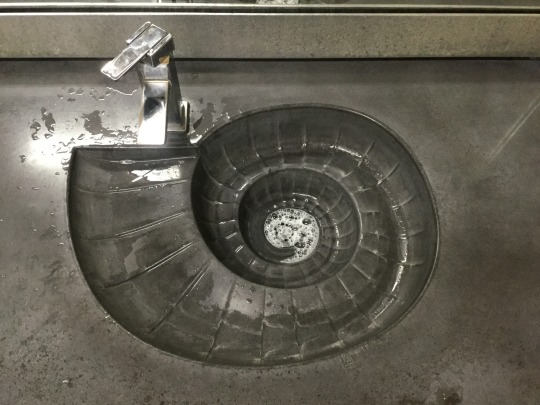
Fossil sink
939 notes
·
View notes
Text


It's time for Fossil Friday! Meet Cryptocleidus oxoniensis, a short-necked plesiosaur. Plesiosaurs were large marine reptiles that lived from the late Triassic to the end of the Cretaceous. The plesiosaurs had extensive modifications to the shoulder and pelvic girdles: these elements form large, flat sheets of bone, presumably for the attachment of swimming muscles. Cryptocleidus' trunk was very rigid and short, and the short tail could only function as a rudder, leaving the limbs as its main organ of propulsion.
Photos: © AMNH
Image 1: Cryptocleidus on display in the Museum.
Image 2: Photographic negative of the fossilized remains of Cryptocleidus, circa 1910.
#science#amnh#museum#fossil#nature#natural history#animals#paleontology#plesiosaur#cretaceous#triassic#cool animals#ancient animals#fossil friday
171 notes
·
View notes
Text
A jaw-dropping discovery was made in a European home! A visit to his parents' newly renovated home led to an unexpected find for this dentist. Embedded within a travertine tile was a human jawbone, sparking excitement and speculation about its origin and age
32 notes
·
View notes
Text

Fossil of dragonfly larva or I don’t know.
25K notes
·
View notes
Text
Actually all fossil reconstructions are wrong because flesh only evolved recently. Before that it was bone world
54K notes
·
View notes
Text

i found the perfect display for my 100,000+ year old shrimp fossil
#fishblr#shrimpblr#shrimp#shrimpy#shrimposting#fossil#fossilized shrimp#fossilized#1k#5k#10k#15k#20k#help#25k#30k#35k#40k#wtf man
49K notes
·
View notes
Text

Petoskey Stones
fossilized coral that lived 350 million years ago - the rocks rounded in the surf along the shore of Lake Michigan near Petosky, Michigan.
10K notes
·
View notes
Photo
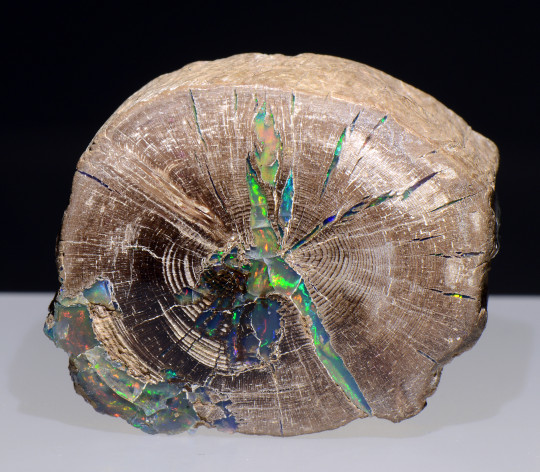
Opal in petrified wood, Natural History Museum of Los Angeles, Gem and Mineral Hall Collection. By Stan Celestian on Flickr. (Hi-Res)
#opal#opals#opalised#opalized#petrified#wood#opalised wood#opalized wood#petrified wood#fossil#fossils#fossilised#fossilized#fossilised wood#fossilized wood#tree#trees#tree trunk#tree trunks#mineral#minerals#museum#museums#natural history museum#nhmla#los angeles#natural history museum of los angeles#geology#stan celestian
10K notes
·
View notes
Text

The two best reasons to get into fossils are booping trilobites and getting to say the word "fossiliferous" a lot.
Fossil [Explained]
Transcript Under the Cut
[Cueball is holding two pieces of rock in a paleontological site. Megan, Ponytail and White Hat are in the background.]
Cueball: It's weird to pry open a rock and see an animal that no one has laid eyes on for 400 million years.
[Zoom in on Cueball looking at the fossil he is holding.]
[Cueball pokes the fossil.]
Cueball: Boop!
Off-panel voice: Hey! Don't boop the trilobites!
12K notes
·
View notes
Text
A gaggle of Ammonoids. Can you name them all?

#prehistoric#paleozoic#paleoart#ammonite#ammonoids#dinosaur#fossil#fossils#digital#digitalart#pattern#patterns#cute animals#paleo art#digital art#fabric pattern designs
27K notes
·
View notes
Text

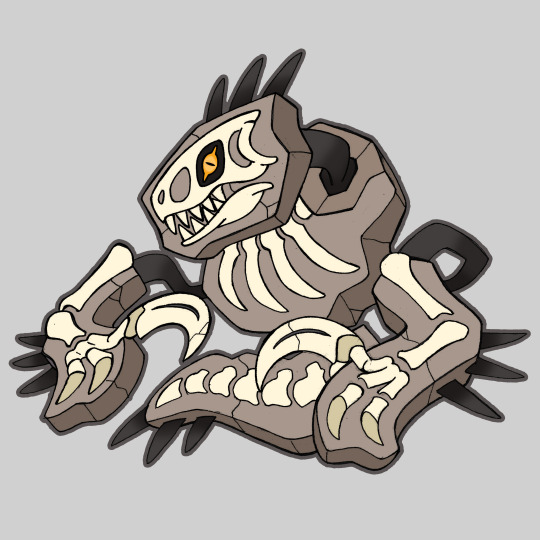

Fossil YAMASK (Ghost/Rock) & Fossil DWEBBLE (Dragon/Rock)
This two pokemon has made their home in a vast ravine rich in fossils, the constant interaction with the fossilized remains eventually caused some changes in their physical appearence as well as behaviour.
Fossil YAMASK carries the fossilized claw of an ancient raptor like predator.By doing so this pokemon has been able to channel this predators spirit from the afterlife. Thanks to his the pokemon has started to look more like such creature, featuing feather like spikes and claw like fingers. It brandishes the Claw as a weapon and uses it to fight.
Fossil DWEBBLE has made its rocky shell using a piece of bedrock that contains the skull of an ancient ceratopsid. Somehow having such remains constantly on them has affected them on a genetic level, making them tougher and more aggresive, choosing to fight head on instead of hiding inside their shells.
This pokemon evolve by leveling up inside of the ravine into DEINORYGUS (Ghost/Rock) & STYRACRUST (Dragon/Rock)
DEINORYGUS (from Deinonychus) now posseses the fossilized remains of the original predator from wich the original claw came, still embeded in stone. Despite its looks it can move with incredible speed, and having freed the fossil's sickle like claws from the rock, it uses them to slice its opponets with ferocity.
STYRACRUST (from Styracosaurus) now carries a fully developed ceratopsian skull on top of its rocky shell. Its body now has changed to become as tough as the skull with sets of armored horns that can be used for both defense and attack. It uses the large horns of the skull to fend of predators as well as compete with other members of its species for territory.
#pokemon#fake pokemon#fakemon#yamask#runerigus#dwebble#crustle#deinonychus#styracosaurus#fossil#fossil pokemon#fossils#regional form#regional evolution
7K notes
·
View notes
Text

Next up, Tyrunt and Tyrantrum! These guys have been growing on me <3
3K notes
·
View notes
Text
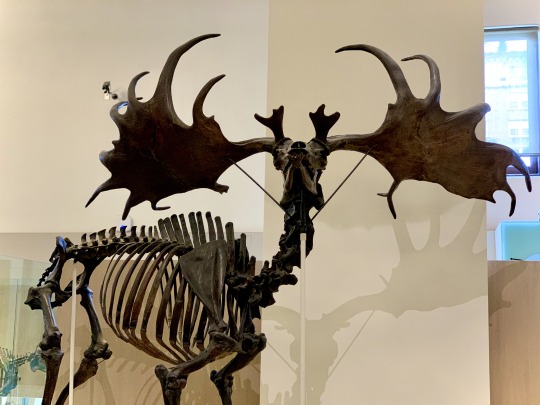
We’re celebrating Saint Patrick’s Day in a big way, with one of the largest known deer: the Irish Elk (Megaloceros giganteus)! It was originally discovered in bog deposits in Ireland. This megafauna could weigh up to 1,500 pounds (680 kg) and its antlers could reach an incredible 13-ft- (4-m-) spread. Once ranging from western Europe to China, this animal died out some 10,000 years ago. However, at least one population, living in Russia’s Ural Mountains, managed to survive until about 7,770 years ago, long after the end of the Pleistocene.
See the Irish Elk up close in the Museum’s Hall of Advanced Mammals! We’re open daily from 10 am-5:30 pm. Plan your visit.
Photo: © AMNH
#science#amnh#museum#fossil#natural history#nature#paleontology#megafauna#did you know#fact of the day#fun fact#saint patricks day#st patricks day#luck of the irish#deer#mammals
2K notes
·
View notes
Text
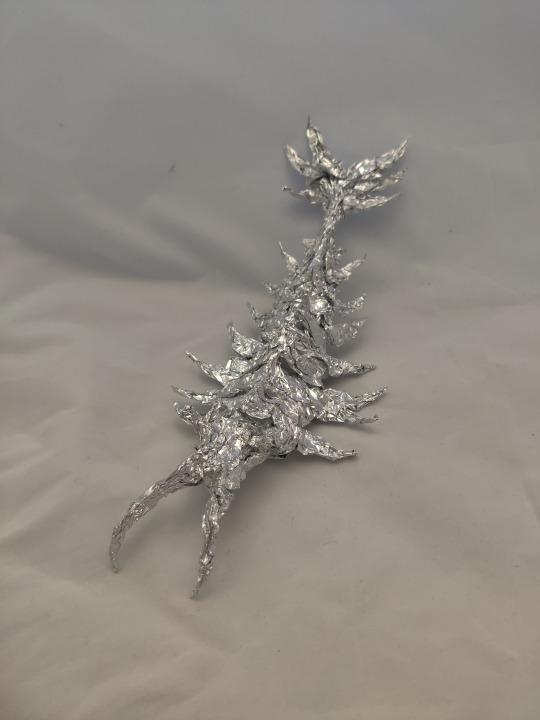
Anomalocaris - Aluminum Foil Sculpture
#anomalocaris#anomalocaris art#prehistoric#cambrian#fossil#sea creature#sea life#foil#sculpture#fanart
2K notes
·
View notes
Text

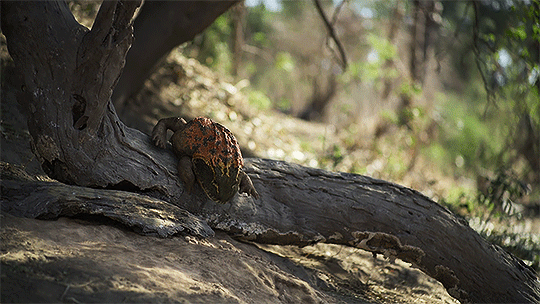


Beelzebufo ampinga, the giant Neobatrachian frog from Cretaceous Madagascar, trying its best.
Prehistoric Planet 2 : Episode 3 - Swamps
5K notes
·
View notes
Text
You know what messes me up?

This dinosaur skeleton is incomplete. But, it doesn't look that way to us, because the parts it's missing are parts we don't have.

See how there are ribs on the bottom? Those are called gastralia. That's right, dinosaurs had ribs on their stomachs as well, and modern crocodiles and alligators still have them! (Also, notice that the ribs keep going to the hips instead of stopping above the waist. This is also true of modern birds, and why a bird can't have a concave stomach!)

Next, notice that ring floating in the center of the eye socket? That's called a sclerotic ring! Fish, reptiles, birds--with the exception of mammals (and, oddly enough, crocodilians), pretty much all modern vertebrates still have them! It's literally an eyeball bone. Afaik we haven't found a T-rex specimen with any intact, but since we've found them in other dinosaurs, it's very likely they had them too.
So, keep that in mind next time you see a dinosaur skeleton.
59K notes
·
View notes